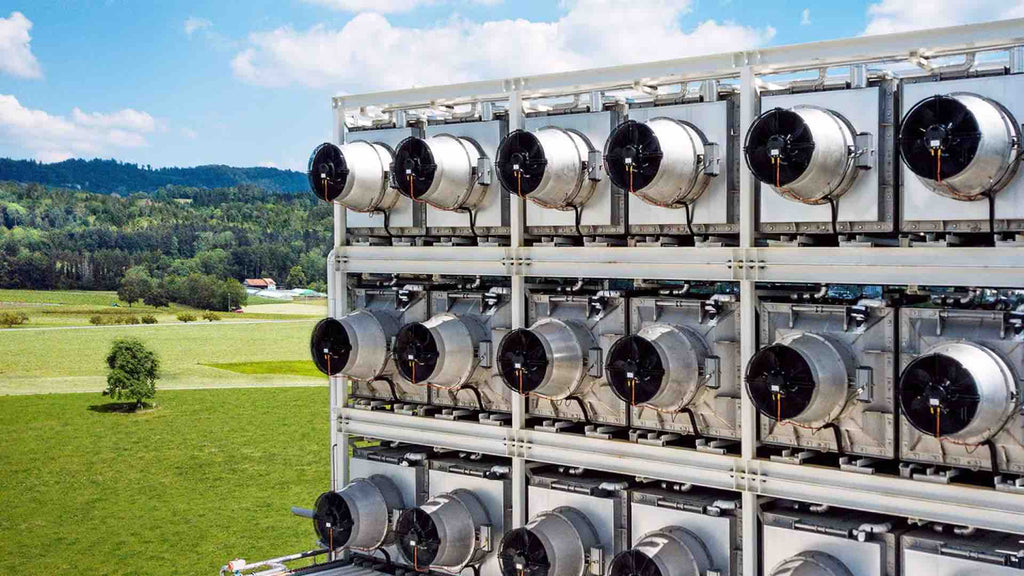Carbon removal, also known as carbon dioxide removal (CDR) or negative emissions, refers to a range of technologies and practices that remove carbon dioxide (CO2) from the atmosphere and store it in the ground, in vegetation, or in other long-term sinks. The goal of carbon removal is to reduce the concentration of CO2 in the atmosphere, which is one of the main drivers of climate change.
Carbon removal technologies and practices can include things like afforestation and reforestation, ocean fertilization, direct air capture (DAC), and enhanced weathering, among others. Each of these approaches has its own strengths and limitations, and they are often evaluated based on factors such as their effectiveness at removing carbon, their scalability, their cost, and their potential side effects.
Carbon removal is important because it can help to mitigate the impacts of climate change by reducing the concentration of CO2 in the atmosphere. While efforts to reduce greenhouse gas emissions are essential, they may not be enough on their own to avoid the worst impacts of climate change. Carbon removal can provide an additional tool for addressing climate change and achieving the goals of the Paris Agreement, which include limiting global warming to well below 2 degrees Celsius above pre-industrial levels and pursuing efforts to limit it to 1.5 degrees Celsius.
It's worth noting, however, that carbon removal is not a silver bullet solution to climate change, and it is not a substitute for reducing greenhouse gas emissions. Rather, it should be seen as one part of a larger strategy for addressing climate change that also includes efforts to reduce emissions and adapt to the impacts of climate change that are already underway.
Using Biochar for carbon removal
Biochar is a promising carbon removal technology because it has the potential to remove large amounts of carbon from the atmosphere and store it in a stable form for long periods of time. Biochar is a type of charcoal that is produced through a process called pyrolysis, which involves heating organic materials like crop residues, wood chips, or manure in the absence of oxygen. The resulting biochar can then be applied to soil as a soil amendment, where it can help to sequester carbon and improve soil health and fertility.

There are several reasons why biochar is considered a promising CDR technology:
-
Large-scale potential: Biochar production can be scaled up to produce large amounts of carbon-negative soil amendments. For example, a recent study estimated that biochar production could potentially sequester up to 3.3 billion tons of CO2 per year by 2050.
-
Long-term carbon storage: Biochar is stable and can remain in the soil for centuries, which means that the carbon it contains is effectively removed from the atmosphere for long periods of time.
-
Soil health benefits: Biochar can improve soil health and fertility, which can increase crop yields and reduce the need for synthetic fertilizers. This can result in additional carbon sequestration as well as other environmental benefits.
-
Co-benefits: Biochar production can also produce useful byproducts like heat and biofuels, and can potentially help to reduce greenhouse gas emissions from other sources like livestock manure management.
While there are still some uncertainties and challenges associated with the large-scale deployment of biochar as a carbon removal technology, it is considered a promising option that deserves further research and development.

